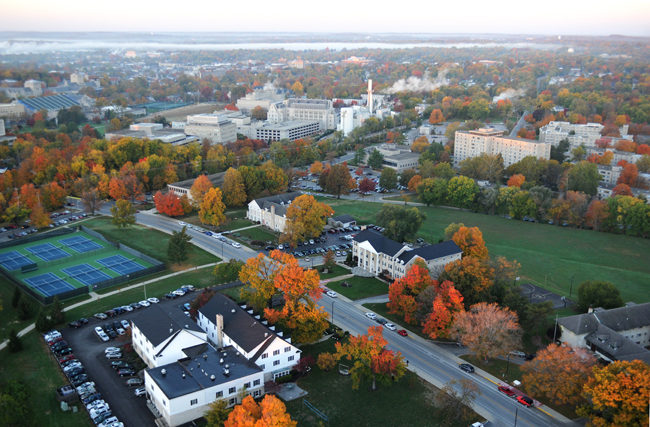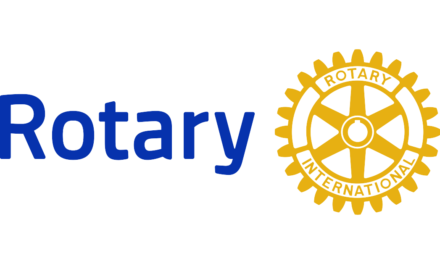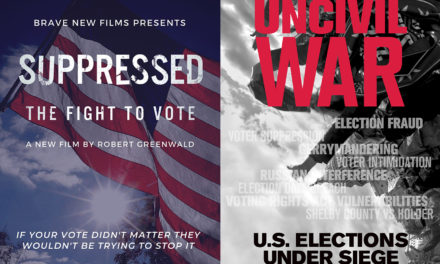
The joint City of Bloomington/Indiana University task force convened by Mayor John Hamilton to recommend new name options for Jordan Avenue has completed its report. Starting in April, the renaming task force reviewed more than 500 names submitted to the City’s website by members of the public to develop their unanimous recommendations for the road’s two sections:
- “Eagleson Avenue” for the City-owned section of Jordan from Davis Street to 17th Street
- “Fuller Lane” or “Mattie Fuller Lane” for the university-owned section from 17th Street to Fee Lane
The first name recommendation honors the Eagleson family, a prominent Bloomington family for four generations whose members have made significant contributions to the city, university, state, and nation, starting with Halson Vashon Eagleson (1851-1921), who was born into slavery and came to Bloomington in the 1880s. The second proposed name honors Mattie Jacobs Fuller (1856-1940), who, after being born into slavery in Kentucky, became at age 4 a lifelong resident of Bloomington, where she was a successful businesswoman and suffragist, and made the donation that founded Bethel AME Church.
The task force based its selections on the criteria that the streets be named in honor of people who were longtime residents of Monroe County, made significant contributions to the community, and had not already received significant city and university honors and awards. City and university officials requested that the two streets have separate names because they are not contiguous, and that the names be distinct from and not easily confused with any existing street names. The task force also recommended that historical markers providing biographical information about the street’s namesakes be installed. The report includes a description of the committee’s process and a detailed history of the proposed namesakes.
“I’m grateful for the community’s thoughtful responses to this challenge and for the committee’s careful consideration of the names proposed,” says Mayor Hamilton. “I’m excited for our community to learn more about and to honor these venerable but undersung Bloomingtonians, and ready to retire names and symbols that don’t reflect our community’s values.”
The IU board of trustees in October 2020 voted to remove the name of the school’s seventh president from IU’s Jordan Hall, Jordan Avenue Parking Garage, and Jordan River. The vote followed recommendations by then-President Michael McRobbie, then-Provost Lauren Robel, the IU naming committee, and a dedicated faculty committee whose review concluded that former President Jordan held views that conflicted fundamentally with the university’s values.
IU president from 1885 to 1891 and professor of zoology from 1875 to 1885, David Starr Jordan was at the forefront of the American eugenics movement and used its theories to promote forced sterilization legislation, enacted in more than 30 states including Indiana during the 20th century. American eugenic thought has also been acknowledged as an influence on the racial theories that led to the Holocaust.
“I very much appreciate the committee’s time and attention to this very important matter,” says interim Executive Vice President and IU–Bloomington Provost John Applegate. “The street in question winds through the heart of the IU Bloomington campus, and the name it is ultimately given will send a powerful message about our university’s core values and commitments.”
Formal renaming is the responsibility of the Bloomington Plan Commission, which will hear the proposed names and take public comment at a public hearing, and of the IU naming committee and the IU board of trustees. Per Bloomington Municipal Code (20.06.020(c)(1)(R)), notice of the proposed names will be sent at least 30 days before the hearing to all affected property owners and other residents. For the change to be adopted, the Plan Commission will adopt a resolution establishing the new names, which will go into effect no sooner than 90 days after the vote.
Upon approval of new names, the City will work to mitigate impacts of the transition on property owners and others by coordinating with public entities—including the U.S. Postal Service, emergency service providers, and others.











